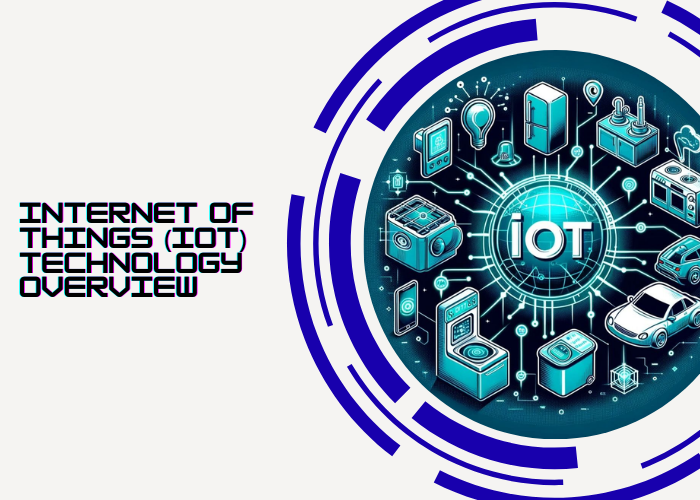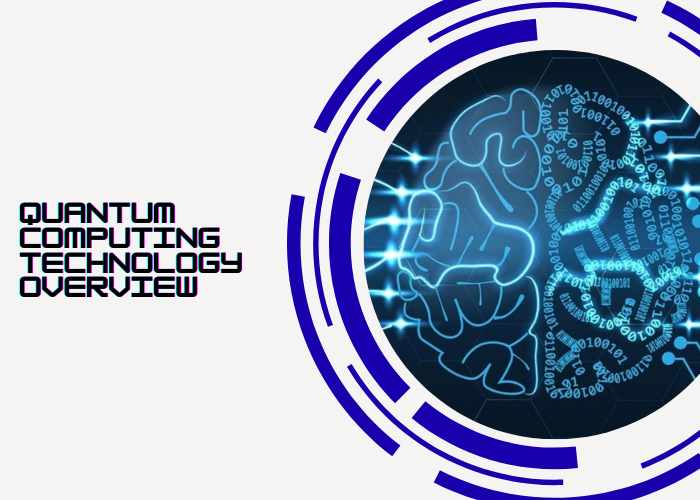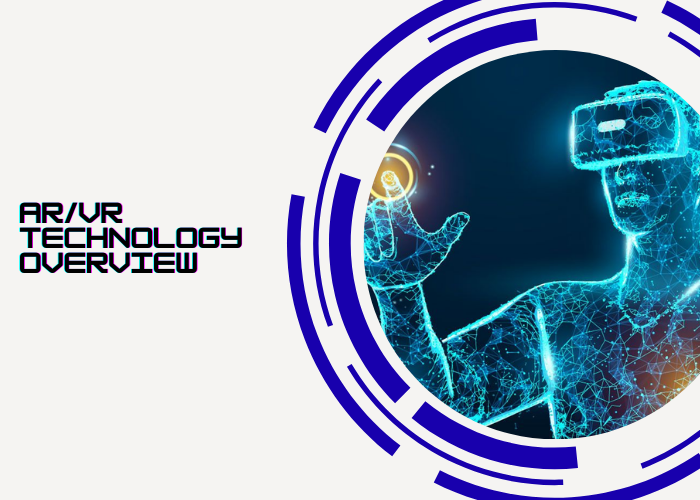Internet of Things (IoT) Technology Overview
The Internet of Things (IoT) has quietly rewritten how devices, systems and people interact. What began as the idea of networked sensors has evolved into a sprawling ecosystem that connects everyday objects — from thermostats and wearables to factory machines and city infrastructure — enabling real-time data flows, automation and insights that were previously impossible. As IoT moves deeper into industry, healthcare and urban planning, it is reshaping operational models, business strategies and daily routines around the world.
From sensors to systems: what IoT really is
At its most basic, IoT describes devices equipped with sensors, processors and communications capabilities that collect and exchange data over networks. But the practical value of IoT emerges when that raw data is aggregated, contextualized and acted upon. A single temperature sensor tells you a reading; a network of sensors connected to analytics and automation can predict equipment failure, reduce energy consumption and trigger maintenance — turning isolated measurements into operational intelligence.
Core technologies underpinning IoT include embedded sensors, low-power wireless communications, edge and cloud computing, and analytics platforms. Protocols such as MQTT, CoAP and standards for device identity and data serialization help devices interoperate, while advances in low-power wide-area networks (LPWAN) — NB-IoT, LoRaWAN — extend connectivity to devices in remote or battery-constrained environments.
Where IoT stands today
IoT passed the early-adopter phase years ago and entered mainstream deployment across multiple sectors during the 2010s. Today major cloud and networking vendors — AWS, Microsoft Azure, Google Cloud, Cisco and others — provide end-to-end IoT stacks encompassing device management, secure connectivity, data ingestion and analytics. At the same time, a vast ecosystem of component suppliers, system integrators and vertical specialists builds and customizes solutions for specific use cases.
Deployment models vary: consumer IoT often favors cloud-centric architectures for convenience and scalability, whereas industrial IoT (IIoT) increasingly adopts hybrid and edge-first approaches to meet latency, reliability and security requirements. Edge computing platforms process data closer to devices, reducing bandwidth and enabling faster local actions — critical for manufacturing control, autonomous vehicles and real-time safety systems.
Practical domains being transformed
Smart homes remain the most visible consumer face of IoT, with connected locks, thermostats, cameras and voice assistants creating convenience and new user experiences. Beyond the home, healthcare wearables and remote patient-monitoring systems deliver continuous vital signs, early alerts and telehealth capabilities that improve care coordination and outcomes.
In industry, IoT powers predictive maintenance, asset tracking and process optimization. Sensors that monitor vibration, temperature and load let engineers spot deterioration before machines fail, dramatically cutting downtime and maintenance costs. Logistics companies use location tracking and environmental sensors to optimize routing and preserve perishable goods, while agriculture increasingly relies on soil, moisture and microclimate sensors to boost yields and reduce water use.
Urban planners and utilities leverage IoT to manage traffic flows, meter energy consumption, monitor air quality and orchestrate lighting — the backbone of smart city initiatives that aim to improve efficiency and citizen services without massive manual overhead.
How organizations deploy and scale IoT
Successful IoT deployments combine clear business use cases with pragmatic engineering. Organizations typically start with pilot projects to validate value and refine integration patterns. Device provisioning, secure boot, over-the-air updates and lifecycle management are essential operational elements; a fleet of devices is only valuable when it remains manageable and secure over years of service.
Platform selection is a strategic choice. Cloud vendors offer rapid time-to-value and elastic analytics, while specialized IIoT platforms deliver domain-specific capabilities and tighter industrial controls. Most mature architectures use hybrid strategies: edge nodes handle immediate control loops and preliminary analytics, while centralized clouds provide long-term storage, model training and enterprise integration.
Key technical and organizational challenges
IoT adoption is not frictionless. Security and privacy top the list of concerns: devices often run lightweight operating systems with limited update paths, creating persistent attack surfaces. Data governance — who owns, shares and monetizes sensor data — raises legal and ethical questions, particularly in healthcare and public spaces. Interoperability remains an issue as vendors sell vertically integrated solutions that do not seamlessly communicate, making large-scale orchestration complex and costly.
Operationally, organizations must manage device heterogeneity, firmware updates at scale, and long-term maintenance budgets. Connectivity constraints in rural or industrial settings can limit use cases, and the energy footprint of billions of devices prompts questions about lifecycle sustainability and e-waste management.
Economic and social implications
When implemented thoughtfully, IoT delivers measurable economic benefits: reduced operating costs, extended asset life, new service revenues and improved customer experiences. Entire business models — equipment-as-a-service, predictive maintenance contracts, and usage-based billing — have emerged because continuous telemetry makes consumption and performance measurable.
However, the social impact is mixed. Automation can displace routine jobs while creating demand for new skills in data, networking and systems engineering. Public deployments raise questions about surveillance, consent and equitable access. Policymakers, industry and civil society must balance innovation with safeguards to ensure that IoT-driven efficiencies do not come at the cost of privacy or widening inequality.
Looking ahead
The next phase of IoT will be shaped by tighter integration with 5G and edge AI. Lower-latency networks enable new real-time applications — collaborative robots on factory floors, autonomous delivery vehicles, and truly interactive augmented reality experiences — while on-device machine learning reduces data movement and enhances privacy. Standards consolidation and improved device-management frameworks should ease integration headaches, and greater attention to sustainability will push the industry toward longer-lived, repairable designs.
Adoption will accelerate where clear ROI exists and regulatory frameworks provide clarity. Cities, healthcare systems and industrial operators that establish robust data governance and security practices will be best positioned to capture IoT’s benefits at scale.
Conclusion
IoT is not a single product but a layered transformation: sensors, networks, computation and analytics woven into workflows that change how decisions are made. Its power lies in continuous measurement and automated response, creating efficiencies and possibilities across consumer, enterprise and public domains. The technology’s success will depend as much on governance, standards and operational discipline as on chip design or radio technology. Done right, IoT can deliver smarter services, safer cities and more resilient industries — but the path requires careful engineering, strong security practices and clear value-alignment between vendors, customers and regulators.



